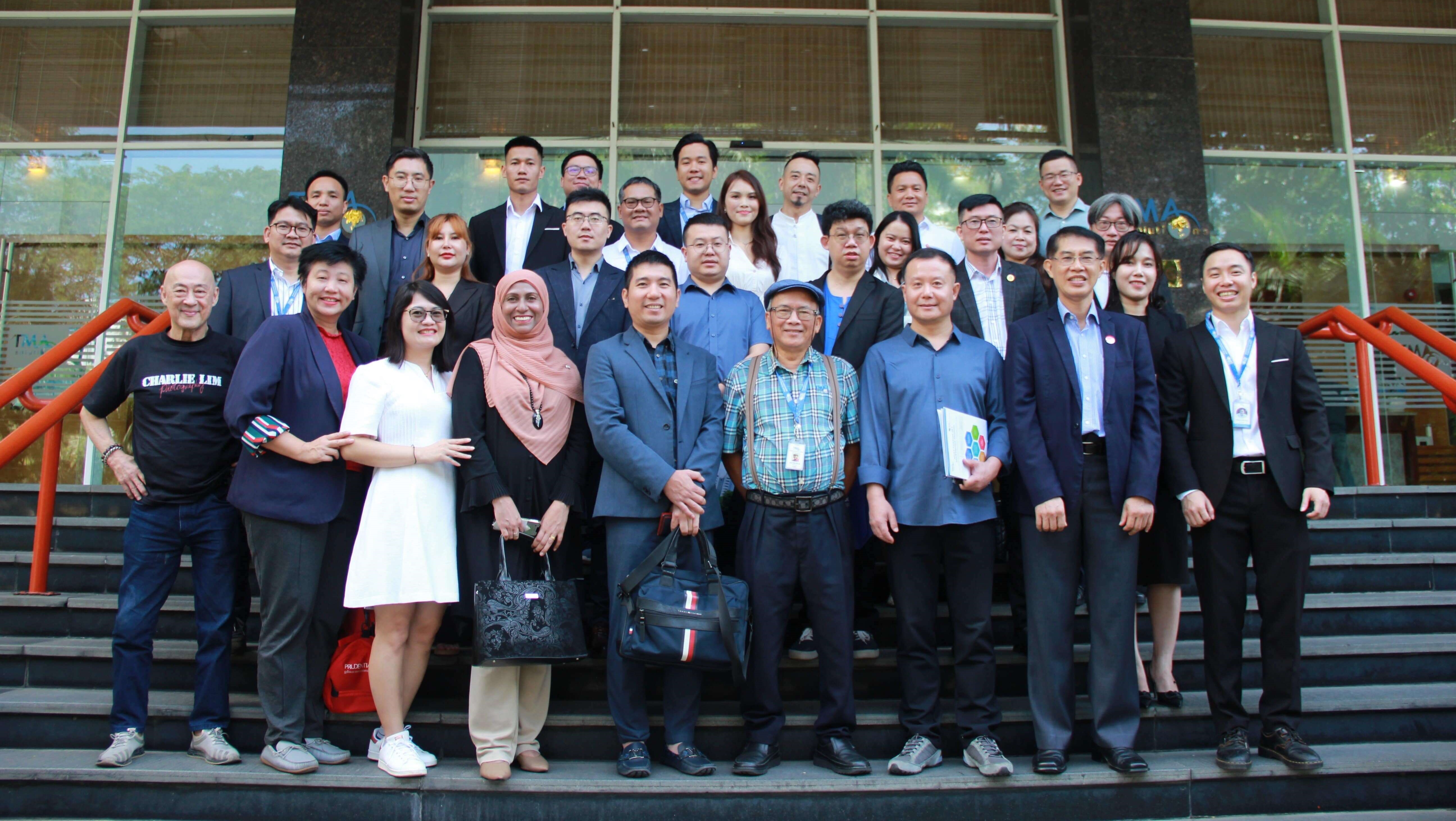
On November 28, 2023, TMA Technology Group, in collaboration with QTSC and the Association of Telecommunications and Technology of Singapore (ATiS), organized the ATIS – TMA – QTSC Vietnam Business Mission conference. The event gathered numerous associations and major companies from Singapore, Shenzhen (China), Hong Kong, Taiwan, and Vietnam.
During the workshop, Mr. George Choo, Chairman of ATiS, provided an overview of the Singaporean technology market. Meanwhile, Mr. Henry Wang, the pioneer of the Web 3.0 concept and Founder of SmartMesh Technology and the World Web3 Alliance, delved deeper into Web 3.0 - the current hot web platform. He also discussed the future of Web 3.0 and the potential for collaboration with Vietnamese technology companies in developing the Web 3.0 platform. TMA Tech Group and TMA Fintech Center representative, Mr. Bui Van Cuong, Senior Director, made a strong impression by presenting Fintech trends in Vietnam, such as Digital Payment, Open Banking, and Embedded Finance.
Conference ATIS – TMA – QTSC VIETNAM BUSINESS MISSION with the participation of large businesses at QTSC
During the tour, TMA Technology Group showcased various solutions in Healthcare, Smart Building, and Fintech to the visiting members, attracting significant attention and interest.
The "ATIS – TMA – QTSC Vietnam Business Mission" promises to open up numerous collaboration opportunities in the future for Vietnamese, Singaporean, and Asian businesses at large. The focus lies particularly on economic and trade cooperation, emphasizing technology, financial services, and investments in agriculture and logistics.
About TMA
TMA Solution was established in 1997 to provide quality software outsourcing services to leading companies worldwide. As an offshore software development center, we are one of the largest software outsourcing companies in Vietnam, we provide high-quality IT outsourcing and innovative software solutions with the software development life cycle (SDLC) process and agile approach. We can guarantee exceptional solutions, and craft tailored solutions for your needs. Our engineering team was selected from a large pool of Vietnam IT resources; they are well-trained and have successfully completed many large and complex projects.




 hosts a reception for Japanese Minister of Economy, Trade and Industry Nishimura Yasutoshi, Ha Noi, November 3, 2024.jpg)

